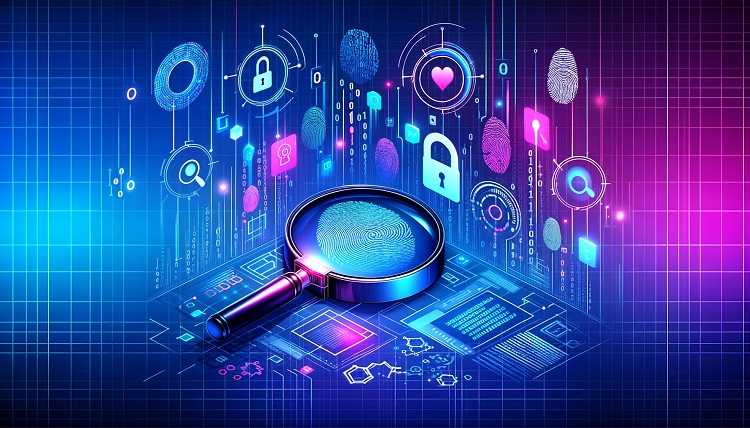Digital Forensic Data Sources & Analysis
Digital forensics is a critical field that involves the recovery, analysis, and presentation of data from various digital devices for legal purposes. As cybercrime continues to rise and technology evolves, understanding the data sources used in digital forensics and how they are analyzed is essential for effective investigations. In this article, we will explore the primary data sources utilized in digital forensics and the methodologies employed in analyzing this information.
Table of Contents
Understanding Digital Forensic Data Sources
Digital forensic data sources are varied and can include a wide range of devices and storage media. Each source can provide valuable information in an investigation. Here are some of the most common data sources:
1. Computers and Laptops
Traditional computers and laptops are among the most significant data sources in digital forensics. They store vast amounts of information, including documents, emails, browsing history, and installed applications. Forensic experts can extract data from hard drives, SSDs, and removable media using specialized software tools.
2. Mobile Devices
With the increasing reliance on smartphones and tablets, mobile devices have become critical data sources in digital forensics. These devices can contain call logs, messages, app data, GPS location history, and photos. Analyzing mobile devices often requires different tools and techniques due to the variety of operating systems and encryption methods used.
3. Cloud Storage
As more individuals and organizations use cloud storage solutions, the need for forensic analysis of cloud data has grown. Digital forensic experts can recover data from cloud services such as Google Drive, Dropbox, and OneDrive, which may include documents, images, and shared files. Understanding the cloud infrastructure is essential for successful data recovery.
4. Network Traffic
Network traffic analysis is another crucial component of digital forensics. By examining network logs, packet captures, and firewall records, forensic analysts can uncover patterns of malicious behavior, data breaches, and unauthorized access attempts. This type of analysis is particularly valuable in cases of cyberattacks or insider threats.
5. Internet of Things (IoT) Devices
The proliferation of IoT devices presents new challenges and opportunities for digital forensics. These devices, which include smart home appliances, wearables, and connected vehicles, can generate significant amounts of data. Analyzing IoT devices requires specialized knowledge to access and interpret the data they collect.
Analyzing Digital Forensic Data
Once the data is collected from various sources, forensic experts employ several analytical techniques to draw meaningful conclusions. Here are some common methods used in digital forensic data analysis:
1. Data Recovery
Data recovery is often the first step in digital forensic analysis. Forensic specialists use advanced tools to retrieve deleted files, lost partitions, and damaged storage media. This process can be complex, especially when dealing with encrypted or corrupted data.
2. File Carving
File carving is a technique used to recover files from unallocated disk space. It involves identifying file signatures and reconstructing files based on their headers and footers, even if the original file system structure has been damaged.
3. Timeline Analysis
Creating a timeline of events is a fundamental part of digital forensic analysis. By correlating timestamps from various data sources, forensic experts can piece together a sequence of actions taken by individuals, providing insights into their behavior and intentions.
4. Keyword Searching
Keyword searches are commonly used to locate relevant data within large datasets. Forensic analysts use predefined keywords or phrases to filter through documents, emails, and chat logs, identifying pertinent information related to the investigation.
5. Data Visualization
Data visualization tools can help forensic analysts represent complex datasets in a more understandable format. Visual representations of data patterns, relationships, and anomalies can aid in identifying trends and drawing conclusions more efficiently.
Conclusion
Digital forensic data sources & analysis play a vital role in the investigation of cybercrimes and other digital misconduct. Understanding the various data sources—ranging from computers and mobile devices to cloud storage and IoT devices—enables forensic experts to gather critical evidence. By employing sophisticated analysis techniques, they can extract meaningful insights that support legal proceedings and help uncover the truth behind digital incidents. As technology continues to advance, so too will the methods and tools used in digital forensics, ensuring that justice can be served in our increasingly digital world.


Comments are closed.